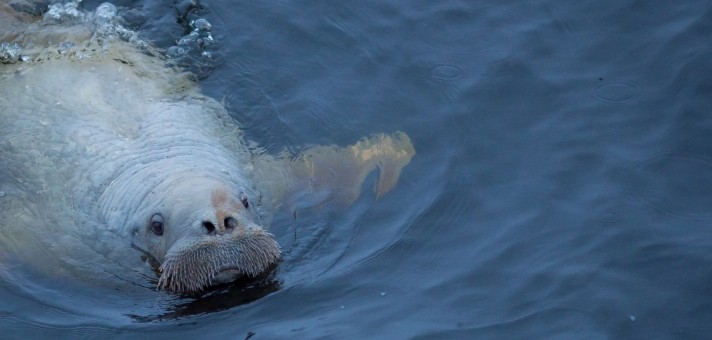
While the Murmansk region is just beginning to experience the first signs of spring warmth, with nature slowly awakening, the Rostov region has been teeming with vibrant flora and fauna since early spring. Our remote researcher, Professor Natalia Lebedeva, shares her photographic observations documenting the rich diversity of southern birdlife. In the second half of May, she conducted annual monitoring of waterfowl and rare species at the Veselovskoye Reservoir (Western Manych) as well as research in the Kuban wetlands and Taman Bay.
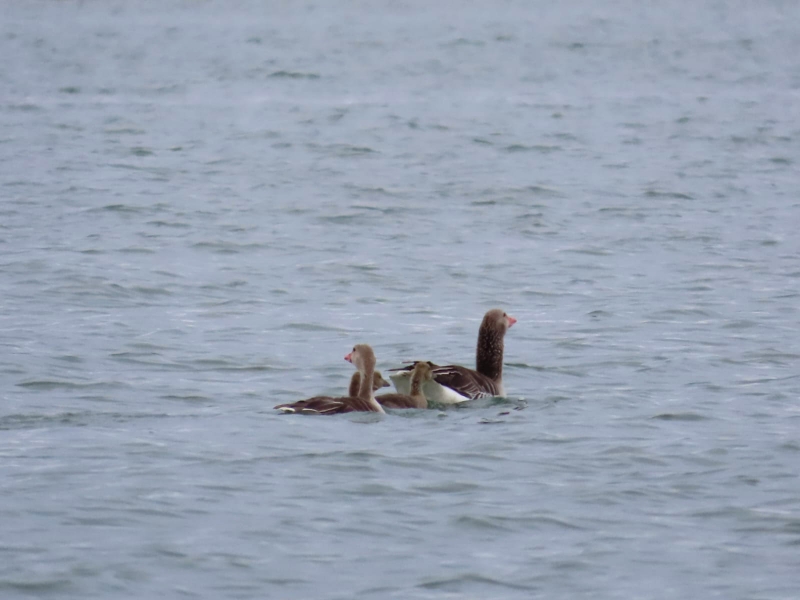 The first broods of greylag geese and mallards appeared as early as March due to the anomalously warm winter and spring. Phenological shifts (changes in the timing of life cycle stages) have been observed in many waterfowl species. The photo shows greylag geese with goslings. During just two days of the expedition, we recorded 156 greylag goose broods at the Veselovskoye Reservoir, indicating stable numbers in this local population.
The first broods of greylag geese and mallards appeared as early as March due to the anomalously warm winter and spring. Phenological shifts (changes in the timing of life cycle stages) have been observed in many waterfowl species. The photo shows greylag geese with goslings. During just two days of the expedition, we recorded 156 greylag goose broods at the Veselovskoye Reservoir, indicating stable numbers in this local population.

By mid-May, numerous non-breeding greylag geese had gathered at the Veselovskoye Reservoir, not yet departed for molting sites.
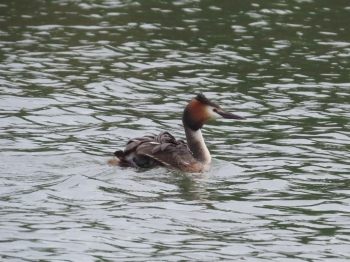
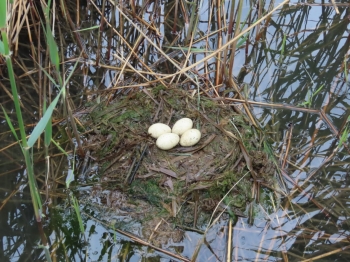
A great crested grebe carrying chicks on its back,
great crested grebe nest at the Veselovskoye Reservoir

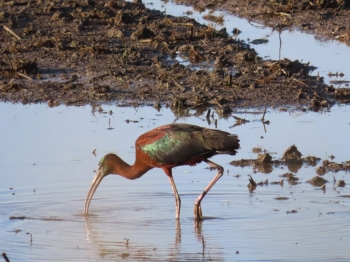
A glossy ibis in rice paddies in the Temryuk district (Krasnodar Krai)
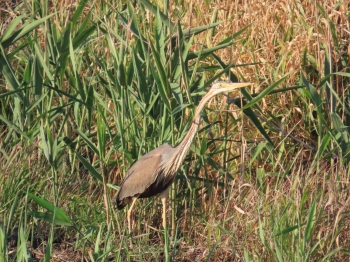
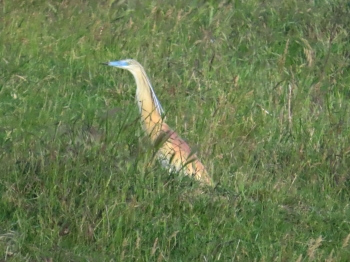
While purple heron (left) and squacco heron (right).
Squacco heron is a common species in the Kuban and Azov floodplains.
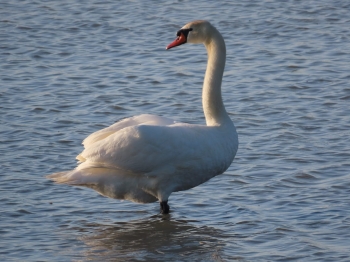
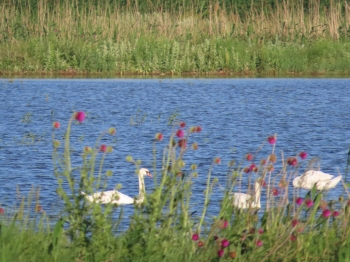
Mute swans in rice fields of Temryuk district, Krasnodar Krai
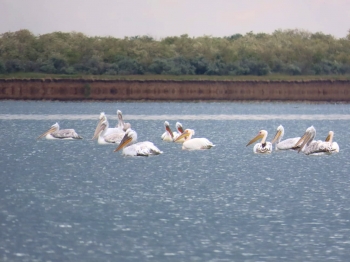

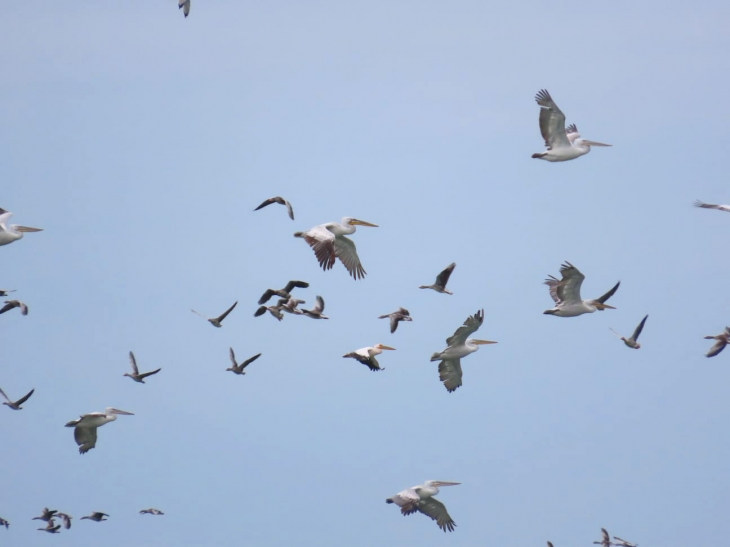
A feeding flock of Dalmatian and pink pelicans at the Veselovskoye Reservoir. The nearest nesting sites for these species being Lake Manych-Gudilo (both pelican species) and Lake Khanskoye (Dalmatian pelican). Notably, pink pelicans have recently begun nesting on the Taman Peninsula. Other observations include a shelduck at Veselovskoye Reservoir, the rare pied avocet at a salt lake near the reservoir, a grey heron nest with great egret chicks nearby.
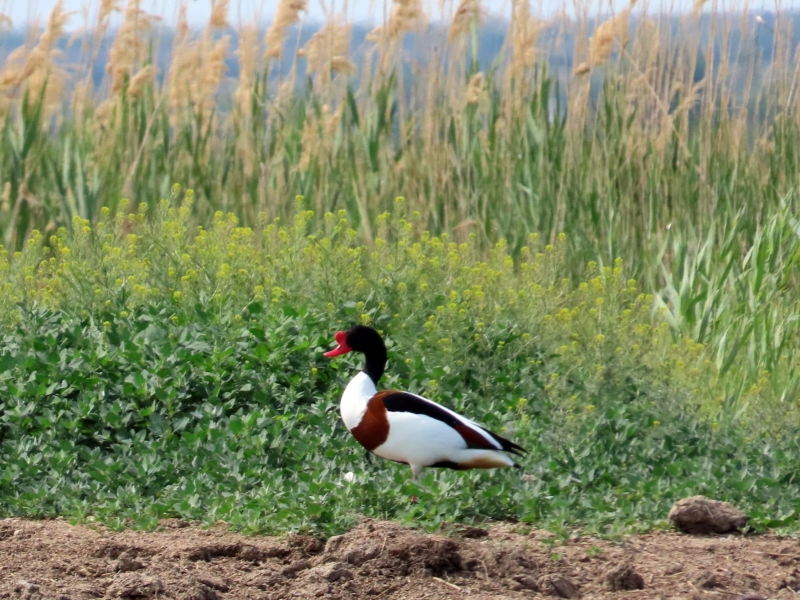
A shelduck at Veselovskoye Reservoir
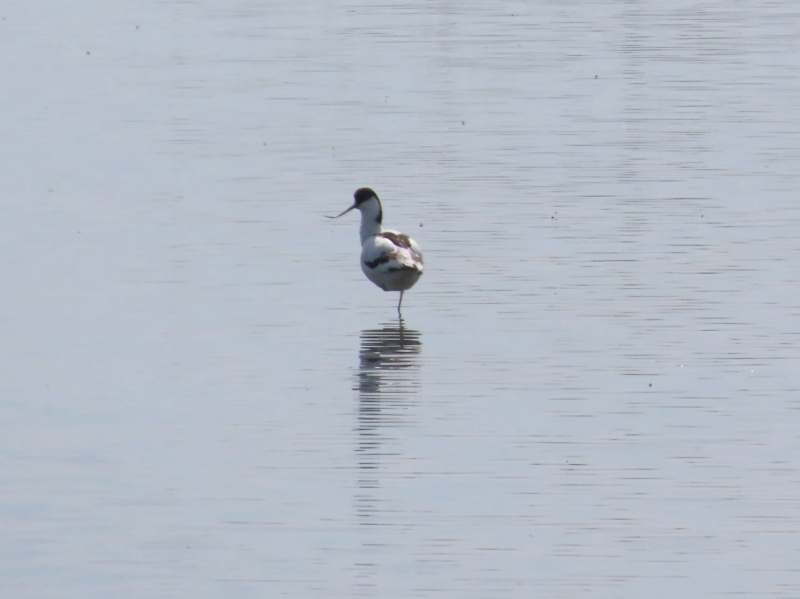
Pied avocet - a rare type of wader, salt lake near the reservoir
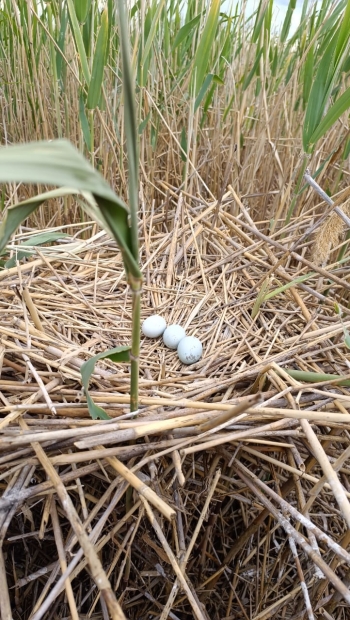
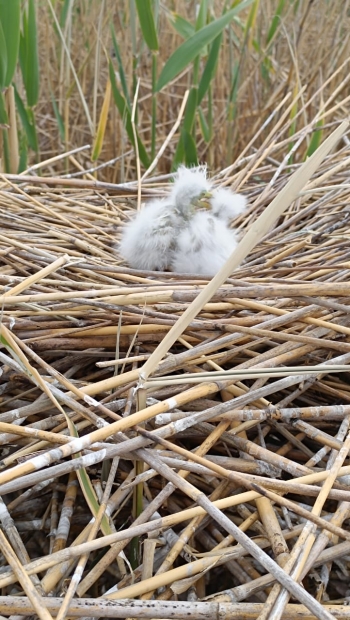
A grey heron nest, great egret chicks.
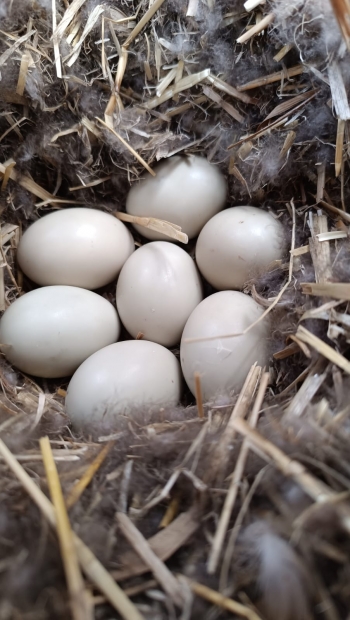
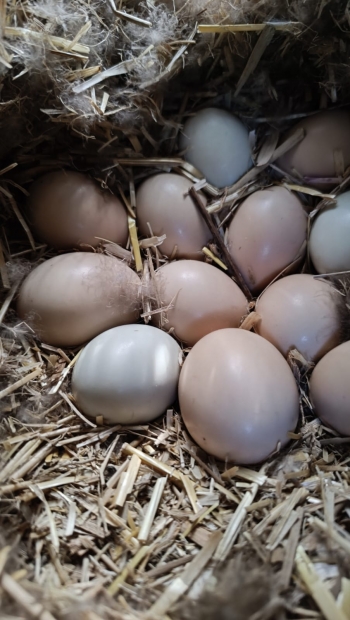
A red-crested pochard clutch (left) and a mixed clutch of mallard and red-crested pochard eggs (right)
These mixed clutches is a result of competition for nesting sites, where a female of one species may displace another female who has already begun laying, subsequently incubating the mixed clutch. This behavior frequently results in mixed broods and is common among duck species.
Research has revealed significant variation in breeding starting time-points across species. Approximately 20% of duck clutches fall prey to predators including hooded crows, marsh harriers, martens, rats, and even golden jackals that hunt aquatic prey. During the fledging period, the large Caspian gull preys on goslings and ducklings.
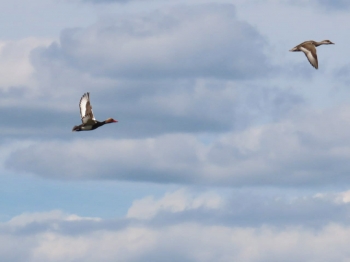
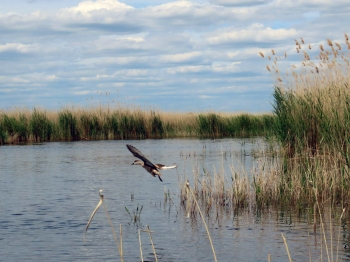
A pair of red-crested pochards, female red-crested pochard leaving her nest




